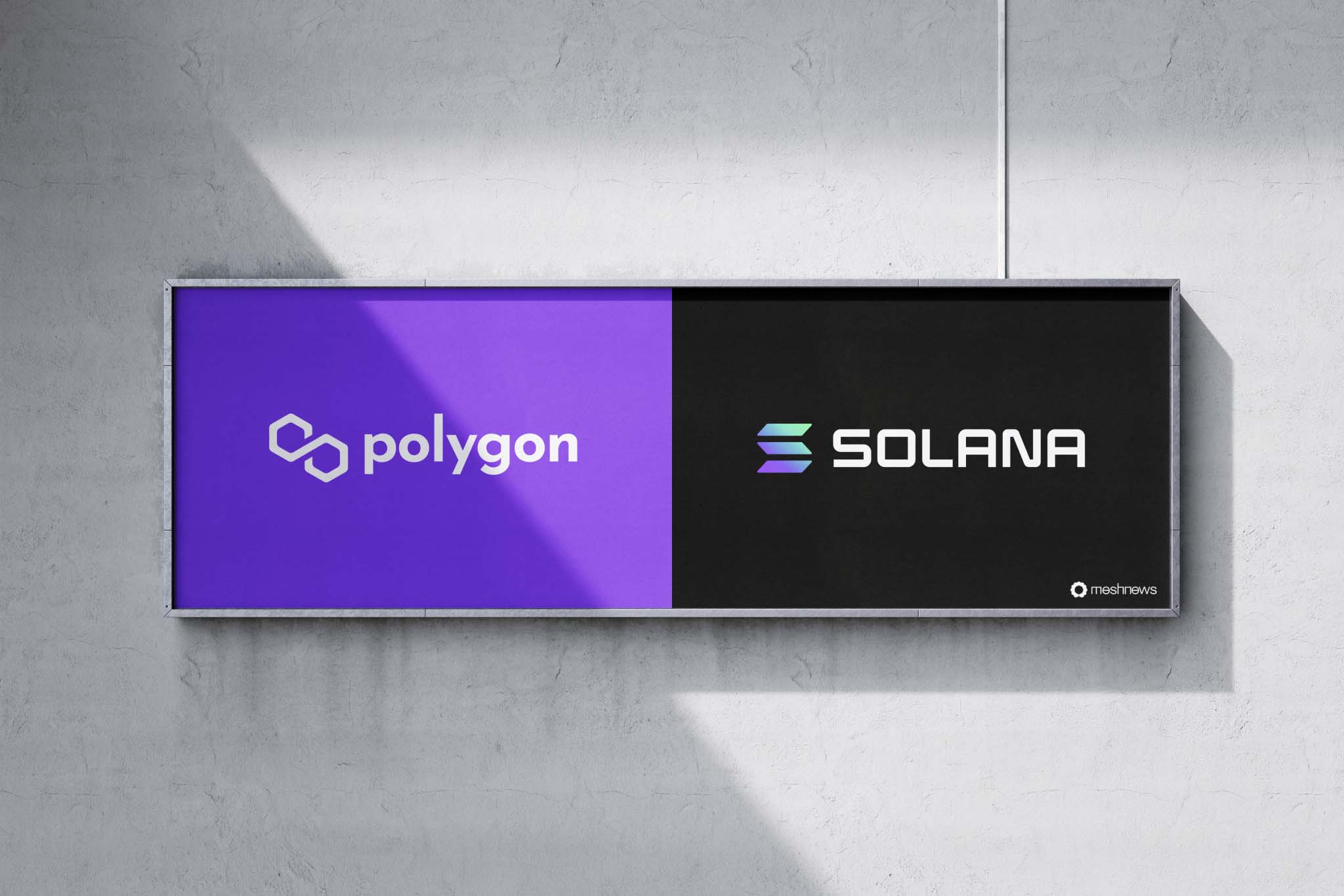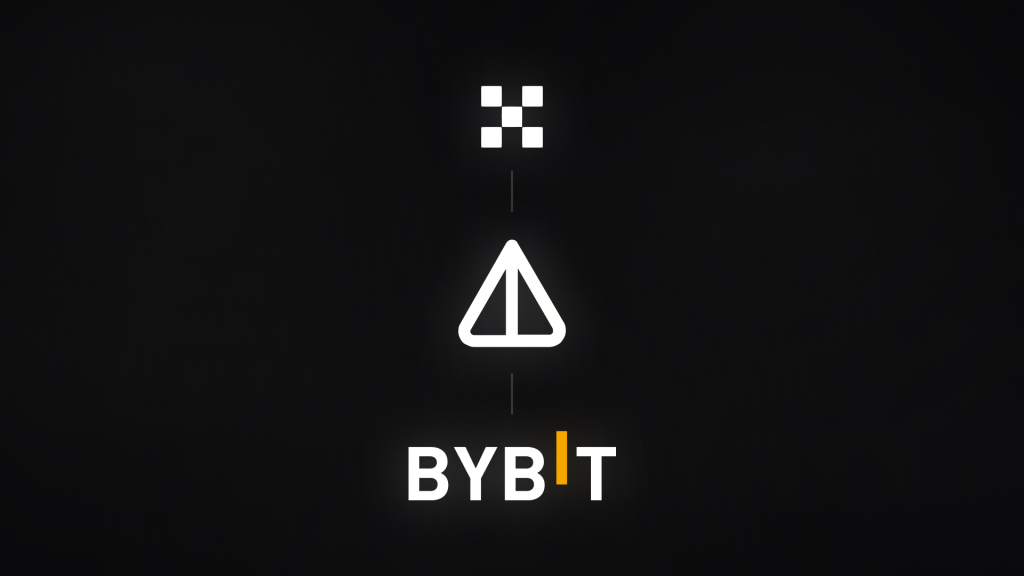Blockchain technology has been revolutionizing various industries and sectors, from finance to gaming, by enabling decentralized applications (dApps) that run on peer-to-peer networks. However, not all blockchains are created equal, and some face challenges such as scalability, security, and usability. In this article, we will compare two of the most popular and promising blockchain platforms in the market: Polygon (MATIC) and Solana (SOL). We will look at their key features, advantages, disadvantages, and future prospects.
What is Polygon (MATIC)?
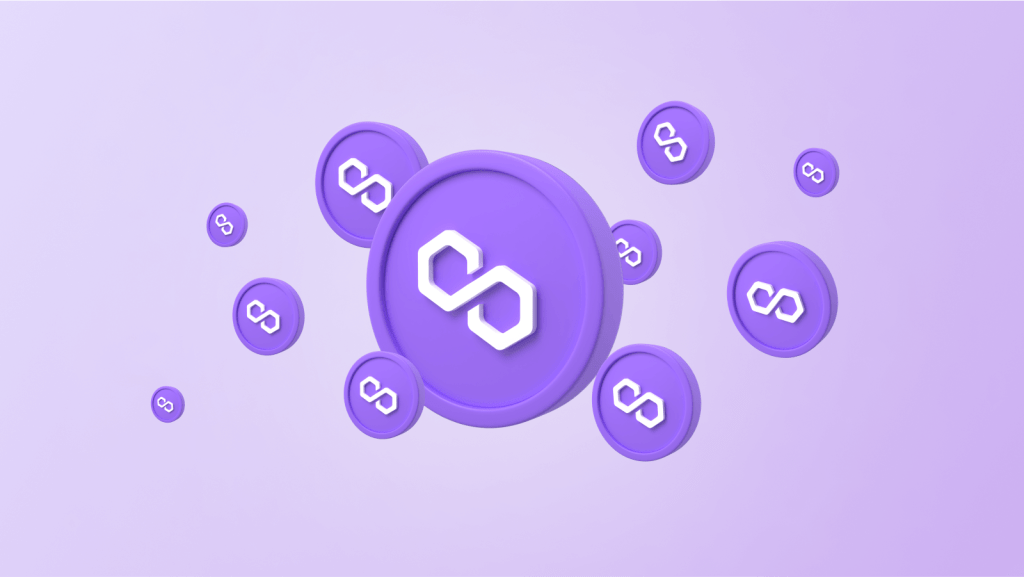
Polygon (MATIC) is a layer-2 scaling solution for Ethereum, the world’s largest and most diverse blockchain ecosystem. Polygon aims to solve the problems of high gas fees, low transaction speed, and lack of scalability that plague Ethereum by providing a simple and secure infrastructure for building and deploying dApps on Ethereum. Polygon is not a standalone blockchain, but rather a network of interconnected blockchains that run on top of Ethereum, leveraging its security and interoperability.
Polygon uses a proof-of-stake (PoS) consensus mechanism, where validators stake their MATIC tokens to secure the network and earn rewards. Polygon also supports various scaling techniques, such as plasma chains, zk-rollups, optimistic rollups, and sidechains, to offer different trade-offs between speed, security, and decentralization. Some of the benefits of Polygon include:
- Fast and cheap transactions: Polygon can process thousands of transactions per second at near-zero gas fees, making it ideal for micropayments, gaming, NFTs, and DeFi applications.
- Ethereum compatibility: Polygon is fully compatible with the Ethereum Virtual Machine (EVM) and supports all the existing Ethereum tools, such as Metamask, Remix, Truffle, etc. This makes it easy for developers to migrate their dApps from Ethereum to Polygon without any code changes.
- Flexibility and customization: Polygon allows developers to choose their own scaling solution, consensus mechanism, governance model, and other parameters for their dApps. This gives them more control and freedom to create their own optimal blockchain environment.
What is Solana (SOL)?
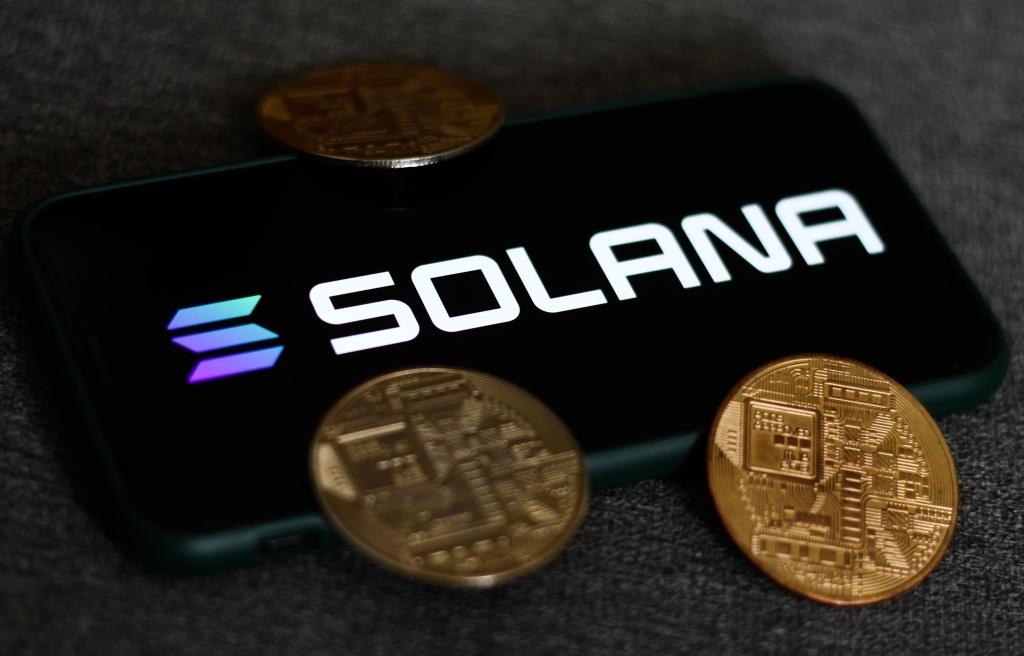
Solana (SOL) is a high-performance blockchain platform that provides fast and cheap transactions for decentralized applications (dApps). Solana is a standalone blockchain that does not rely on any other network for its security or functionality. Solana claims to be able to support over 50,000 transactions per second without sacrificing decentralization or security.
Solana uses a novel consensus mechanism called proof-of-history (PoH), which introduces a verifiable timestamp for each transaction on the network. This allows Solana to order transactions chronologically and efficiently without relying on a centralized authority. Solana also uses a proof-of-stake (PoS) consensus mechanism, where validators stake their SOL tokens to secure the network and earn rewards. Some of the benefits of Solana include:
- Scalability and speed: Solana can handle a large volume of transactions with low latency and high throughput, making it suitable for applications that require real-time data processing, such as streaming, gaming, social media, etc.
- Innovation and development: Solana supports various programming languages, such as Rust, C++, C#, etc., and offers a rich set of features and tools for developers to create innovative dApps. Solana also supports smart contracts, cross-chain interoperability, oracle integration, etc.
- Community and ecosystem: Solana has a vibrant and growing community of developers, users, investors, and partners who support the project’s vision and mission. Solana also hosts various events, hackathons, grants, and programs to foster innovation and adoption.
Polygon (MATIC) Vs Solana (SOL): Comparison
Now that we have a basic understanding of what Polygon and Solana are, let us compare them based on some key criteria:
| Criteria | Polygon | Solana |
|---|---|---|
| Scalability | Polygon can scale Ethereum by using various layer-2 solutions that offer different levels of scalability. | Solana can scale itself by using its own layer-1 solution that offers high scalability. |
| Speed | Polygon can process thousands of transactions per second, depending on the scaling technique used. | Solana can process over 50,000 transactions per second, regardless of the network load. |
| Cost | Polygon can offer near-zero gas fees for transactions, depending on the scaling technique used. | Solana can offer low gas fees for transactions, regardless of the network load. |
| Security | Polygon leverages the security of Ethereum, but also faces the risk of centralization and attack vectors, depending on the scaling technique used. | Solana provides its own security, but also faces the risk of network congestion and validator collusion. |
| Compatibility | Polygon is fully compatible with Ethereum and supports all the existing Ethereum tools and standards. | Solana is not compatible with Ethereum, but supports various programming languages and standards. |
| Flexibility | Polygon allows developers to choose their own scaling solution, consensus mechanism, governance model, and other parameters for their dApps. | Solana does not allow developers to choose their own scaling solution, consensus mechanism, governance model, and other parameters for their dApps. |
| Adoption | Polygon has a large and growing adoption among dApps, especially in the DeFi and NFT sectors. Polygon has over 600 dApps, 450 million transactions, and 15 million users as of August 2023 (estimated). | Solana has a moderate and growing adoption among dApps, especially in the gaming and streaming sectors. Solana has over 500 dApps, 35 billion transactions, and 1.5 million users as of August 2023 (estimated). |
| Market Cap | Polygon has a market cap of $6.4 billion and a circulating supply of 9.3 million MATIC as of August 2023 (estimated). | Solana has a market cap of $10 billion and a circulating supply of 405.7 million SOL as of August 2023 (estimated). |
| Price | Polygon has a price of $0.69 per MATIC as of August 2023 (estimated). | Solana has a price of $24.76 per SOL as of August 2023 (estimated). |
| All-Time High | Polygon reached an all-time high of $2.92 per MATIC in December 2021. | Solana reached an all-time high of $260.06 per SOL in November 2021. |
Polygon (MATIC) Vs Solana (SOL): Conclusion
As we can see from the comparison above, Polygon and Solana are both impressive blockchain platforms that offer different advantages and disadvantages for dApp development and usage. There is no clear winner or loser in this comparison, as both projects have their own strengths and weaknesses. Ultimately, the choice between Polygon and Solana depends on the specific needs and preferences of the developers and users.
However, some general observations can be made based on the comparison:
- Polygon is more suitable for developers who want to leverage the existing Ethereum ecosystem and tools, and who value flexibility and customization over speed and simplicity.
- Solana is more suitable for developers who want to create innovative dApps that require high performance and scalability, and who value speed and simplicity over flexibility and compatibility.
- Polygon is more suitable for users who want to access a wide range of dApps on Ethereum with low gas fees and fast transactions.
- Solana is more suitable for users who want to access a new generation of dApps with low gas fees and ultra-fast transactions.
In conclusion, Polygon and Solana are both promising blockchain platforms that have a lot of potential to grow and improve in the future. They are not necessarily competitors, but rather complementary solutions that can coexist and collaborate in the blockchain space. The best way to decide which one is better for you is to try them out yourself and see which one suits your needs better.

